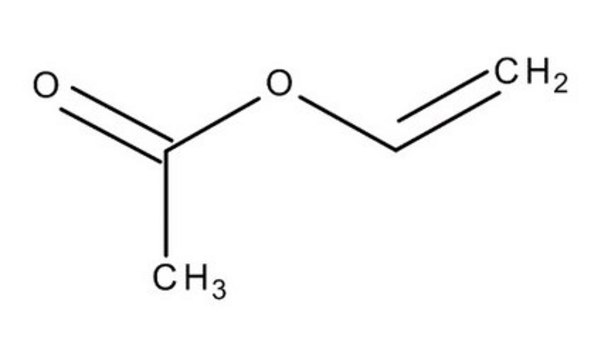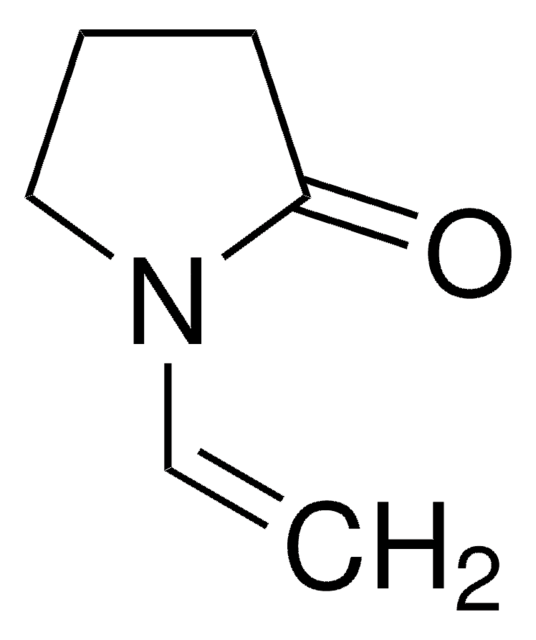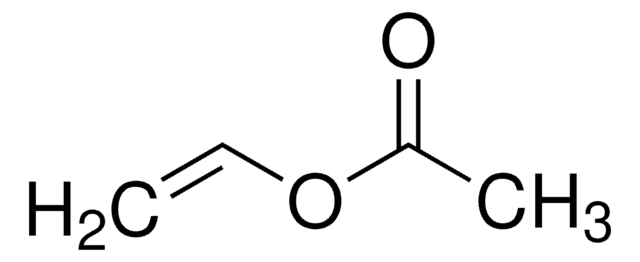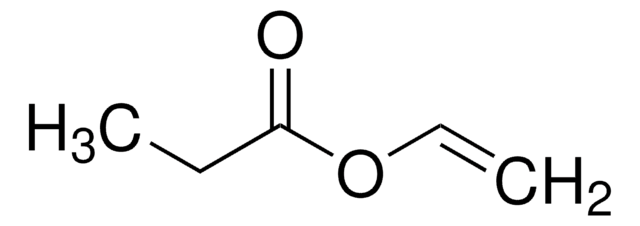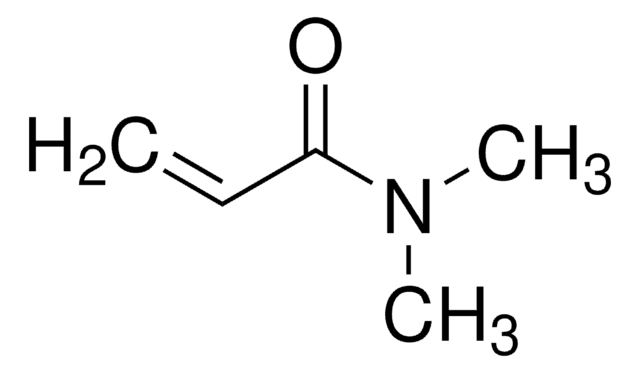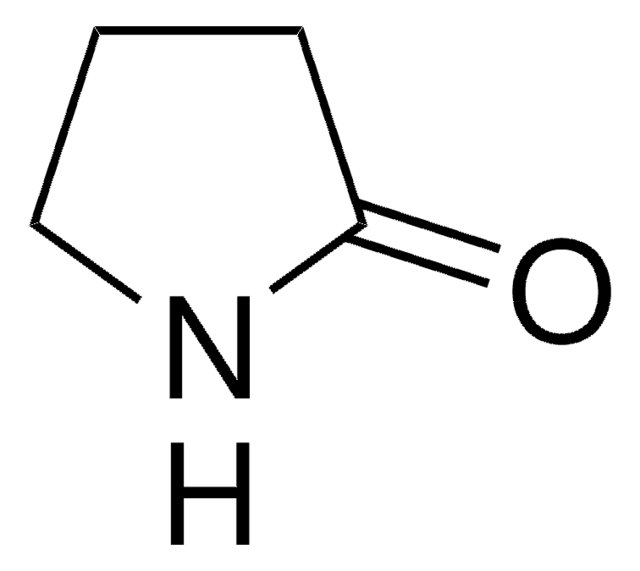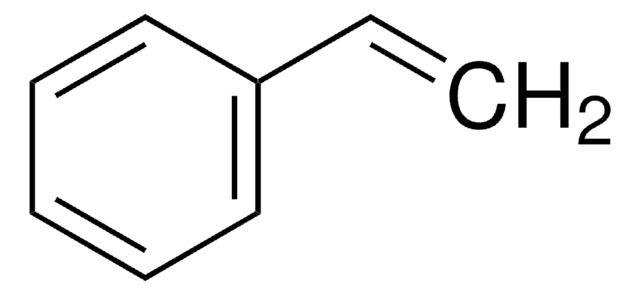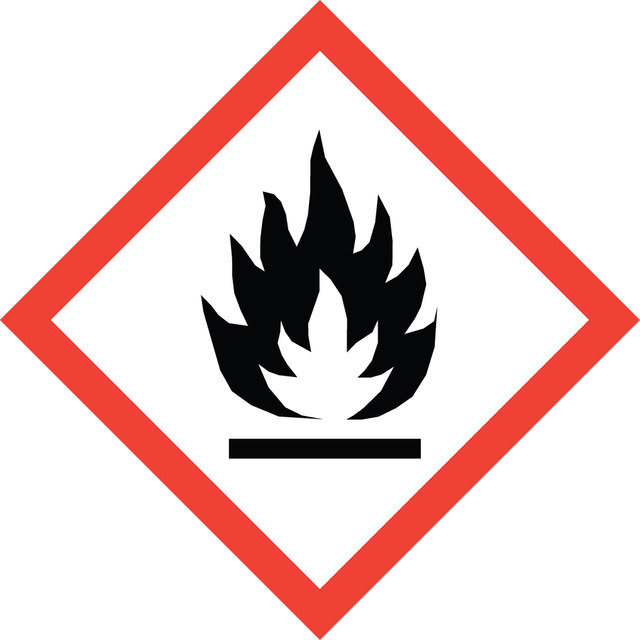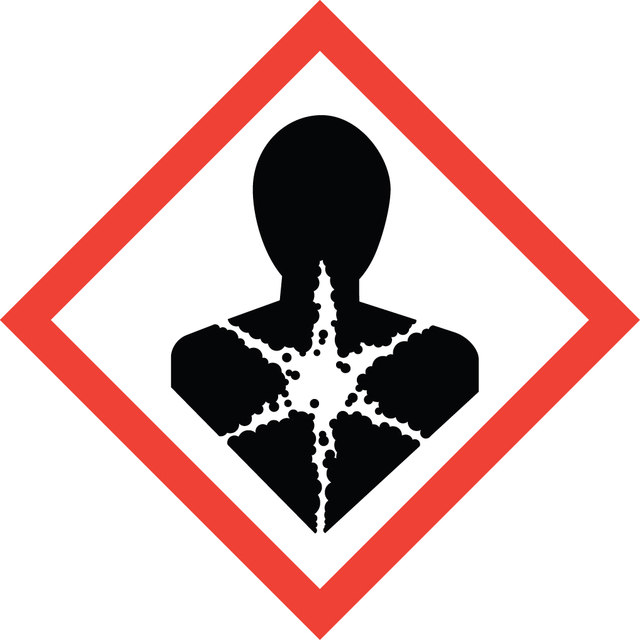V1503
Vinyl acetate
contains 3-20 ppm hydroquinone as inhibitor, ≥99%
Synonym(s):
VAc, Acetoxyethylene
Select a Size
Select a Size
About This Item
Recommended Products
vapor density
3 (vs air)
Quality Level
vapor pressure
88 mmHg ( 20 °C)
Assay
≥99%
autoignition temp.
801 °F
contains
3-20 ppm hydroquinone as inhibitor
expl. lim.
13.4 %
refractive index
n20/D 1.395 (lit.)
bp
72-73 °C (lit.)
mp
−93 °C (lit.)
Looking for similar products? Visit Product Comparison Guide
1 of 4
This Item | PHR3501 | 803184 | 4S8486 |
|---|---|---|---|
| assay ≥99% | assay - | assay ≥99.0% (GC) | assay - |
| Quality Level 200 | Quality Level 300 | Quality Level 200 | Quality Level - |
| refractive index n20/D 1.395 (lit.) | refractive index n20/D 1.395 (lit.) | refractive index - | refractive index n20/D 1.395 (lit.) |
| density 0.934 g/mL at 25 °C (lit.) | density 0.934 g/mL at 25 °C (lit.) | density 0.93 g/cm3 at 20 °C | density 0.934 g/mL at 25 °C (lit.) |
| mp −93 °C (lit.) | mp −93 °C (lit.) | mp -93 °C | mp −93 °C (lit.) |
| storage temp. 2-8°C | storage temp. 2-8°C | storage temp. 2-30°C | storage temp. 2-8°C |
Signal Word
Danger
Hazard Statements
Precautionary Statements
Hazard Classifications
Acute Tox. 4 Inhalation - Aquatic Chronic 3 - Carc. 2 - Flam. Liq. 2 - STOT SE 3
Target Organs
Respiratory system
Storage Class Code
3 - Flammable liquids
WGK
WGK 2
Flash Point(F)
17.6 °F - closed cup
Flash Point(C)
-8 °C - closed cup
Personal Protective Equipment
Regulatory Information
Choose from one of the most recent versions:
Already Own This Product?
Find documentation for the products that you have recently purchased in the Document Library.
Articles
RAFT polymerization offers living characteristics to radical polymerization, contributing versatility to reversible deactivation radical polymerization methods.
Protocols
RAFT polymerization offers precise control, enabling tailored synthesis of complex polymer structures.
Our team of scientists has experience in all areas of research including Life Science, Material Science, Chemical Synthesis, Chromatography, Analytical and many others.
Contact Technical Service